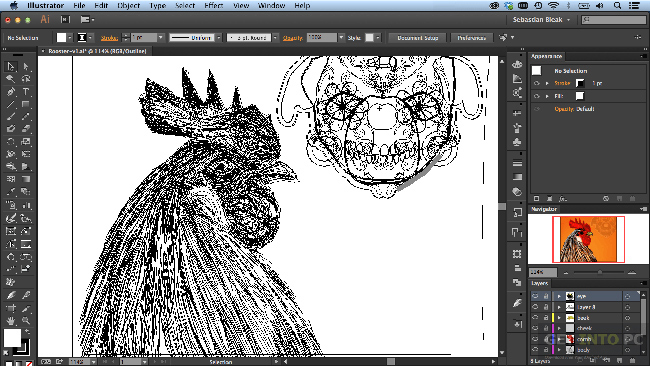

This allows you to limit what can be changed without altering the title beyond its design, giving someone not well-versed in graphic design more editing autonomy. The advantage is that while in Premiere you have limited editing capabilities (those limits are set by you or your graphic artist when creating the template in After Effects – as we’ll explore in our After Effects review). This feature is much more versatile than it might look at first glance – all these bundled effects were created in After Effects, so you can create your own templates from there which will appear in Premiere under this category.

These are Motion Graphic Templates, which are portable, self-contained files: any graphic contained within the effect will reside inside the file itself, making it easy to share between computers. If you’re not into creating your own, there’s a selection of pre-built animated effects at your disposal. You can also create ‘Master Styles’ so you don’t have to reinvent the wheel each time you create a new title or caption for your project, helping to make sure they all look alike. The Essential Graphics panel offers up a wealth of parameters which you can alter. This creates a graphics clip which can be manipulated, so you can lengthen it, move it around, and so on. You now have the ability, for instance, to type straight onto the video, wherever the playhead happens to be. If you’re into titles and graphics, you’ll appreciate the much needed overhaul that took place in the latest incarnation of Premiere Pro. However, the options there are remarkably simple for such an advanced and potentially highly useful feature. If you want Adobe to analyse the music, its beat and so forth, in order to produce a new piece to match a specific duration, you can do that, but only by sending the clip or project to Audition. Options for music clips are interesting as well, and you can retime a piece of music from the panel, but this merely speeds up or slows down the piece with all the audio distortions associated with that. If you work with multiple sources of audio, or use multiple takes and different mics, this will prove to be an amazing timesaver. Premiere will analyse them all and unify the levels in all of them, automatically.

From there, you will gain access to features depending on the type you’ve chosen, a neat system which makes everything more streamlined.įor instance, if you have different audio clips which have been recorded at different levels, you can select all those clips in your timeline, go to Essential Sound, and select the Auto Match button. You can highlight audio clips in your timeline – either individually or as a group – and manually identify them as specific types, such as dialogue, music, ambience, or SFX. So Adobe created the Essential Sound panel which is task orientated. But going back and forth between apps can be a little daunting, and once in Audition, anyone not well versed in audio mixing tools might get easily confused by the vast array of options available. In the past, Adobe had perfected a good workflow to pass off the audio from Premiere to Audition, and back again. Speaking of sound, the improvements to Premiere’s audio capabilities are radical.


 0 kommentar(er)
0 kommentar(er)
